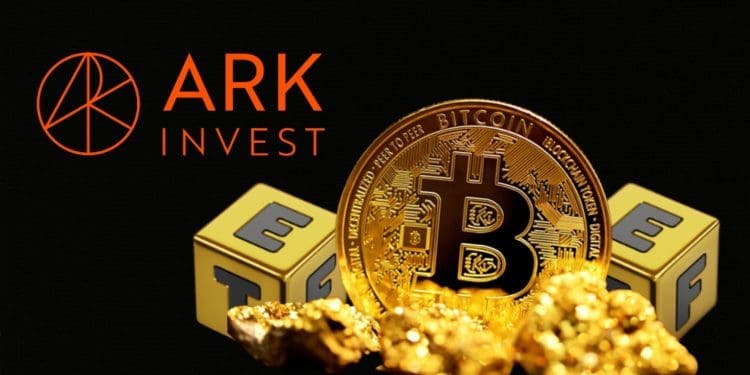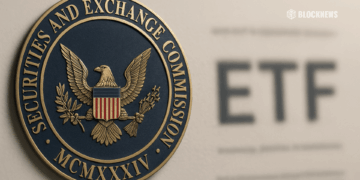- The ARK 21Shares Bitcoin ETF originally planned to offer direct exposure to Bitcoin, but has pivoted to provide indirect exposure instead, likely due to changing SEC preferences.
- While the 21Shares ETF and Grayscale Bitcoin Trust both offer Bitcoin exposure, there are key differences in their structures, regulatory requirements, and how they track Bitcoin prices.
- ARK 21Shares’ strategic shift demonstrates the ongoing dialogue between crypto ETF issuers and the SEC as they balance regulatory control and investor preferences in bringing a Bitcoin ETF to market.
The ARK 21Shares Bitcoin ETF filing has pivoted from offering direct exposure to Bitcoin to indirect exposure. This strategic shift indicates changing SEC guidelines and a maturing approach to crypto ETFs.
ARK 21Shares Bitcoin ETF Filing Language
Per the original October prospectus, the Trust aimed to provide investors with direct exposure to Bitcoin. However, the recent amendment states the Trust will offer indirect Bitcoin exposure. This change suggests the ETF is adjusting its strategy amid evolving regulatory perspectives.
Differences Between 21Shares ETF and Grayscale Bitcoin Trust
While both offer Bitcoin exposure, there are key differences:
- The 21Shares ETF operates as an ETF with more liquidity and regulatory requirements. Grayscale is a trust with shares tied directly to Bitcoin.
- The 21Shares ETF seems to now provide indirect exposure through financial instruments, while Grayscale holds actual Bitcoin.
- As an ETF, 21Shares has stricter reporting and disclosures. Grayscale follows trust requirements.
- The 21Shares ETF has a creation/redemption mechanism that helps price tracking. Grayscale does not, which can cause pricing discrepancies.
Implications of the Strategic Shift
This shift likely results from SEC preferences for cash creations over in-kind ones. Most ETFs are planned for in-kind creations, so this may force adjustments. While the SEC wants more control, investors may prefer in-kind creations. This demonstrates ongoing dialogue between regulators and issuers.
Moreover, ARK‘s updated risk disclosures and fee structure reflect a maturing, transparent approach to crypto ETFs. The focus on risk management and compliance indicates strategic alignment with investor and SEC expectations.
Conclusion
In summary, ARK 21Shares’ transition from direct to indirect Bitcoin exposure exemplifies the evolving crypto ETF landscape. As the SEC exerts more influence over operational aspects, issuers like ARK appear to be strategically pivoting to balance regulatory and investor priorities. This nuanced interplay will shape the path forward for Bitcoin ETFs.














